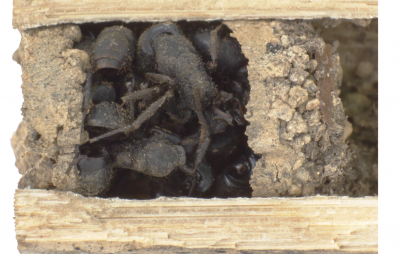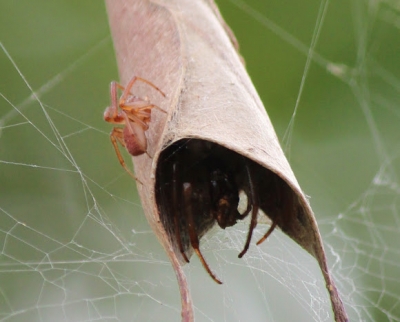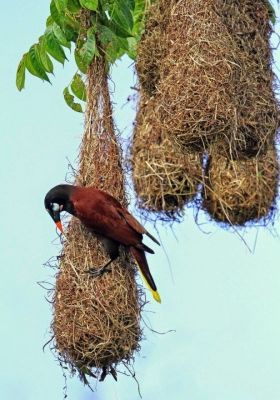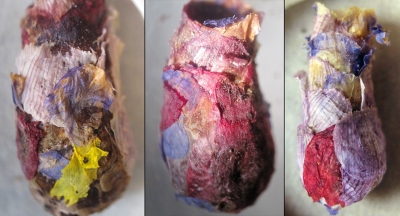How ants build nest?
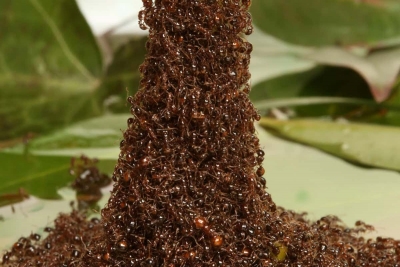
Ants are some of the most skilful architects of the animal world, building a vast network of chambers under the ground. They have no blueprint to speak of, and no visible leader! They also work in total darkness.
An ant expert, Walter Tschinkel, made casts of ant colonies by pouring plaster, wax or molten metal into the hollows. He observed that most chambers were close to the surface, with smaller, more spaced-out rooms farther away. How ants gauge depth is not known, but Tschinkel thinks they can sense the carbon dioxide content of the soil. The amount of carbon dioxide increases as one goes deeper underground.
Picture Credit : Google
